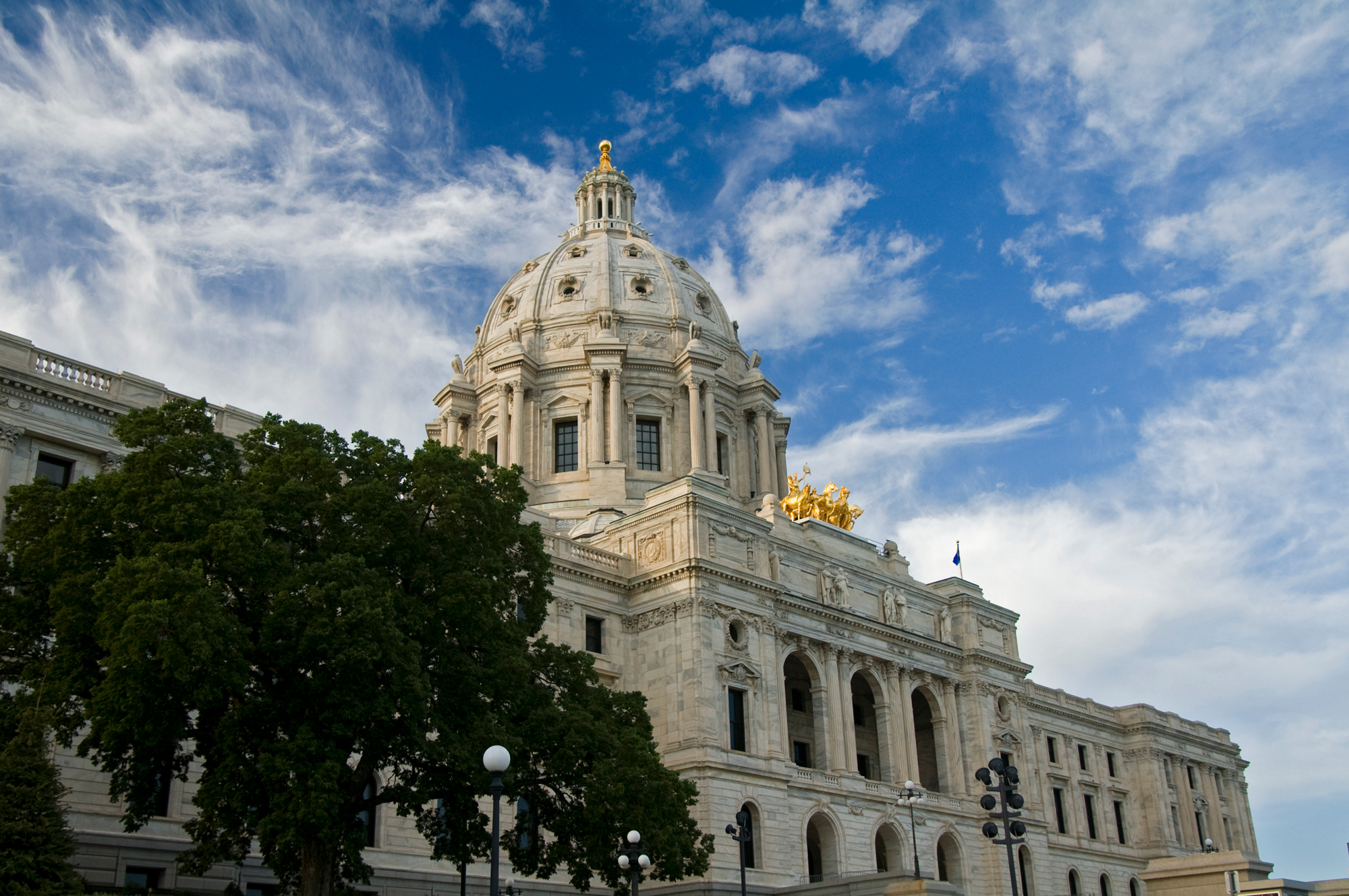
Speak Up for Nature!
Learn about conservation policy in Minnesota, plus how you can get involved by speaking up for nature.
In Minnesota, we enjoy gifts like abundant freshwater, rich diversity of species and ecosystems, and productive working lands. We have a tremendous responsibility to respect and care for the nature that sustains us so that it may sustain future generations as well. That’s why we’re using our outside voices to speak up for nature—and we invite you to join us!
Speak Up for Nature!
Take these three actions to start becoming a powerful advocate for nature.
Learn morePolicy Makes Conservation Possible
Together, we can advance nonpartisan policy solutions that allow people and nature to thrive. As with our conservation work, our policy priorities are directly informed by science.
Our collaborative approach to advancing conservation through policy brings together people and partners from all walks of life, including private landowners, agricultural producers, Indigenous communities, business and industry, and government agencies at the local, state, Tribal and federal levels.
It’s more important than ever to work across borders, aisles and sectors to conserve the lands and waters on which all life depends. Get involved by learning about policy priorities in Minnesota and ways you can use your voice to make a difference and start speaking up for nature.
-

Protect Healthy Land & Water
Increased development, frequent severe weather events and underinvestment in management is threatening ecosystems in Minnesota. We need to take action to protect lands and waters and all the benefits they provide.
-

Tackle Climate Change
Climate change isn’t a distant threat—it is happening now. Policy can help us leverage nature-based solutions and expand clean energy strategies necessary to meet climate targets.
-

Provide Food & Water Sustainably
Agricultural production and policy are closely linked, and good policy helps farmers and ranchers be more productive and resilient. Working with producers, we can improve soil health, water quality, carbon sequestration—and productivity.
Capitol Blog
Updates from the Minnesota Legislature.
May 20, 2025
The clock ran out on the 2025 regular session at midnight on May 19, setting up the need for a special session to finish the Legislature’s business. Legislative leaders have asked their committee chairs to reach agreements on unresolved budget bills by May 21, at which point leaders will step in to resolve disagreements. It’s not yet clear when a special session will occur, but Gov. Tim Walz will likely call for a special session very soon to pass a budget before June 30, when the current state budget expires.
One of the bills not passed in the regular session includes spending from the Environment and Natural Resources Trust Fund, which is critical for Minnesota’s great outdoors. Send a letter to your legislators today to urge they pass and defend dedicated environmental funding and community-led conservation that 77% of voters supported in the last election.
A major win before the regular session ended was the passage of the Legacy Omnibus bill, appropriating $466.8 million from the Outdoor Heritage Fund and the Clean Water Fund. The bill passed with bipartisan majorities in both chambers—passing 113-21 in the House and 37-30 in the Senate—showing that nature unites us.
Looking ahead to the upcoming special session, legislators still have the chance to advance dedicated funding for nature by passing the Legislative Citizen Commission on Minnesota Resources (LCCMR) bill. Tell your legislator to pass the LCCMR bill and fund projects from the Environment and Natural Resources Trust Fund, as well as the Community Grants program.
May 2, 2025
Legislators are quickly approaching the end of the regular legislative session, with just two weeks remaining to enact a state budget. The Senate and House have begun passing omnibus bills off the floor, setting up the need for conference committees to resolve differences between chambers. These committees are made up of members from each body to negotiate an agreement that can pass with majority support in each chamber.
This is a great time to contact your legislators in support of crucial conservation funding. Dedicated funding for conservation continues to move through the Legislature. The Clean Water, Land and Legacy Amendment omnibus bill received overwhelming bipartisan support and passed the House 115-19, but has not yet passed the Senate. And key differences between the House and Senate versions of the bill, namely within the Arts and Cultural Heritage section, will set up further negotiations and expected changes to the bill. The Nature Conservancy and our partners are also working to ensure that a new Community Grants program, authorized by 77% of Minnesota voters in 2024, is included and funded when the Environment and Natural Resources Trust Fund bill passes.
When it comes to setting the State’s two-year budget, legislators have been considering some modest cuts to programs that were previously funded to support efforts like forest management, grassland and wetland restoration, and climate resilience. We are encouraged that they have still signaled their openness to include some support for forest-related activities in a capital investment bill, also known as a bonding bill. A bonding bill would be an important pathway to fund needed investments in forest management. Send a message to your lawmakers that you want to see action to keep our forests healthy!
March 26, 2025
The highly anticipated special election for the remaining House vacancy took place on March 11, resulting in a victory for the DFL candidate and an even split between parties: 67 DFL to 67 GOP members. The newly balanced House has implemented a power-sharing structure, which includes ensuring committees are chaired by co-leads from both parties.
Amidst these changes, some priority bills for nature continue to advance with bipartisan support. The bill that appropriates funding from the Outdoor Heritage Fund received strong backing in the House Legacy Committee and has progressed to Ways and Means. Dedicated conservation funds are also showing up in legislative discussions, with the Environment & Natural Resources Trust Fund moving forward through committees.
Several bills focused on working lands conservation have also been moving along. A bill to resolve a taxation issue that prevents widespread use of sustainable grazing management on nonprofit-owned grassland has received hearings in both the House and Senate. Additionally, the Senate Agriculture Committee has debated critical funding measures, including soil health financial assistance and certification programs.
Lawmakers continue to grapple with lower-than-expected revenue forecasts. Gov. Tim Walz recently introduced an updated budget proposal to reflect reduced expectations for this biennium with the potential for a $5.9 billion deficit in the FY28-29 biennium.
With the new balance of power in the House taking shape, legislative negotiations are expected to shift, potentially impacting conservation funding and environmental policy. The Nature Conservancy continues to actively work with legislators to advocate for policies and public funding that benefit people and nature, and we thank you for staying engaged.
February 19, 2025
After a three-week delay, the Minnesota House officially began meeting under a negotiated agreement between GOP and DFL leaders. The agreement sets power-sharing terms for House business while the GOP holds a one-seat majority pending a March 11 special election the DFL is expected to win. Over in the Senate, a late-January special election to fill a Senate vacancy gave the DFL a one-seat majority, bringing an end to the power-sharing agreement the Senate had operated under since the start of session.
The Nature Conservancy is advocating for additional state investment in our forests, and we have been sharing with lawmakers the importance of healthy, well-managed forests. Recently, a House committee heard from the state Department of Natural Resources about current spending on forests and tree seedling production, which has been a target of capital investment in past legislative sessions.
Dedicated environmental funding packages are moving through committees. A key Senate committee received funding recommendations for the Outdoor Heritage Fund. The fund supports habitat protection and restoration as part of the voter-approved Clean Water, Land and Legacy Amendment that dedicates funding from sales tax revenues. Lawmakers also advanced bipartisan spending recommendations from the Environment and Natural Resources Trust Fund, which receives money for conservation from a portion of Minnesota Lottery proceeds.
January 21, 2025
The Minnesota legislative session began on Jan. 14—tell your lawmakers you want to see action for nature!
It has been an unusual and historic start to session. While the Senate is starting session under a power-sharing agreement during a temporary 33-33 tie between the GOP and DFL, House control is the subject of ongoing legal challenges. The two parties are navigating the 67-67 tie that immediately followed the November election and ensuing vacancies on the DFL side, with DFL members boycotting the start of session absent a power-sharing agreement and GOP members pushing ahead with what they assert is a quorum.
Meanwhile, Gov. Tim Walz released his budget proposal on Jan. 16. We believe there is room to build on this proposal and make proactive investments, like ensuring our forests remain healthy for future generations of Minnesotans.
As legislators get to work this session, The Nature Conservancy will be elevating the importance of preserving Minnesota’s strong investments in conservation through dedicated funds like the Environment and Natural Resources Trust Fund and the Clean Water, Land and Legacy Amendment.
Protect Healthy Land & Water
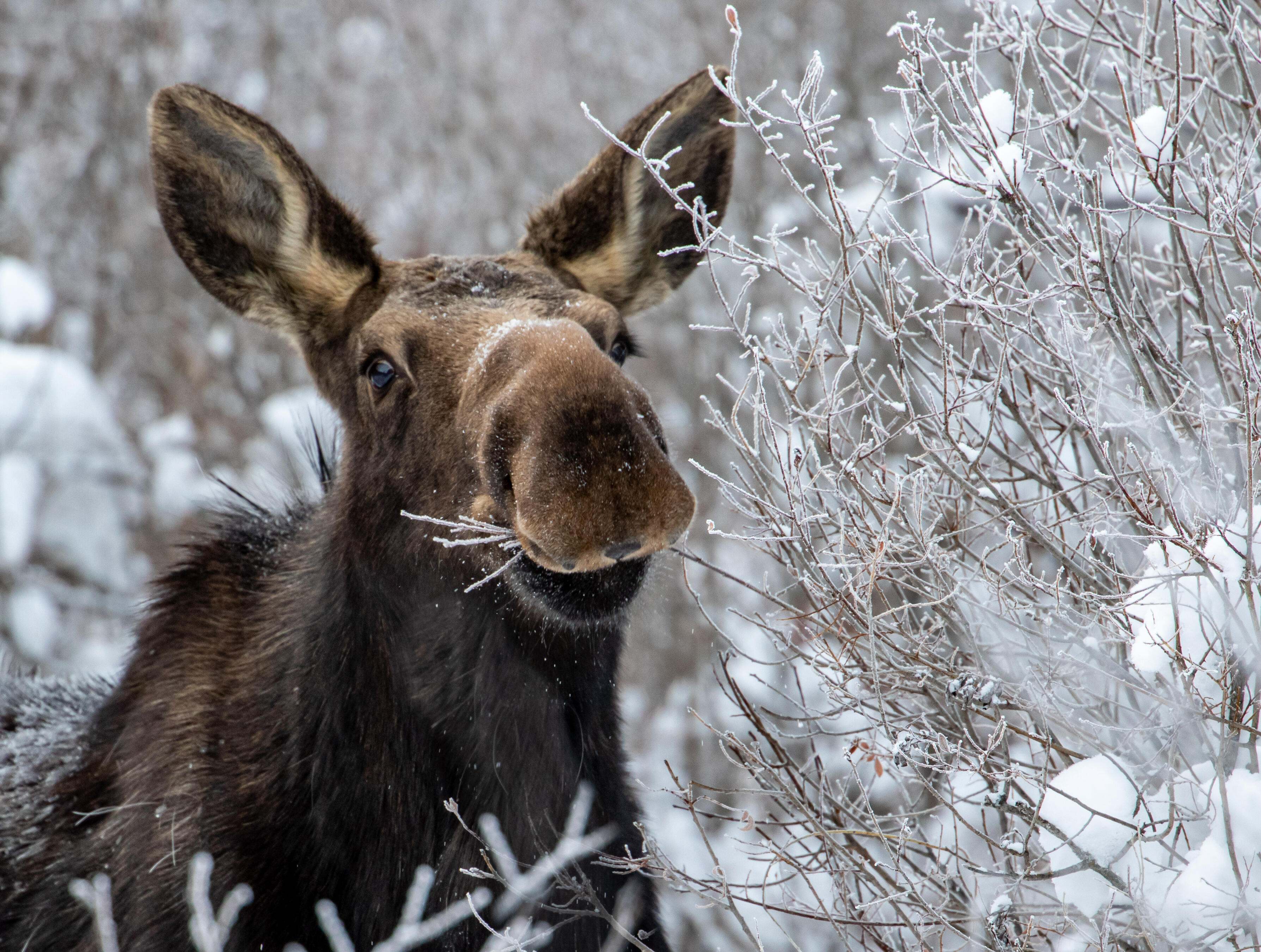
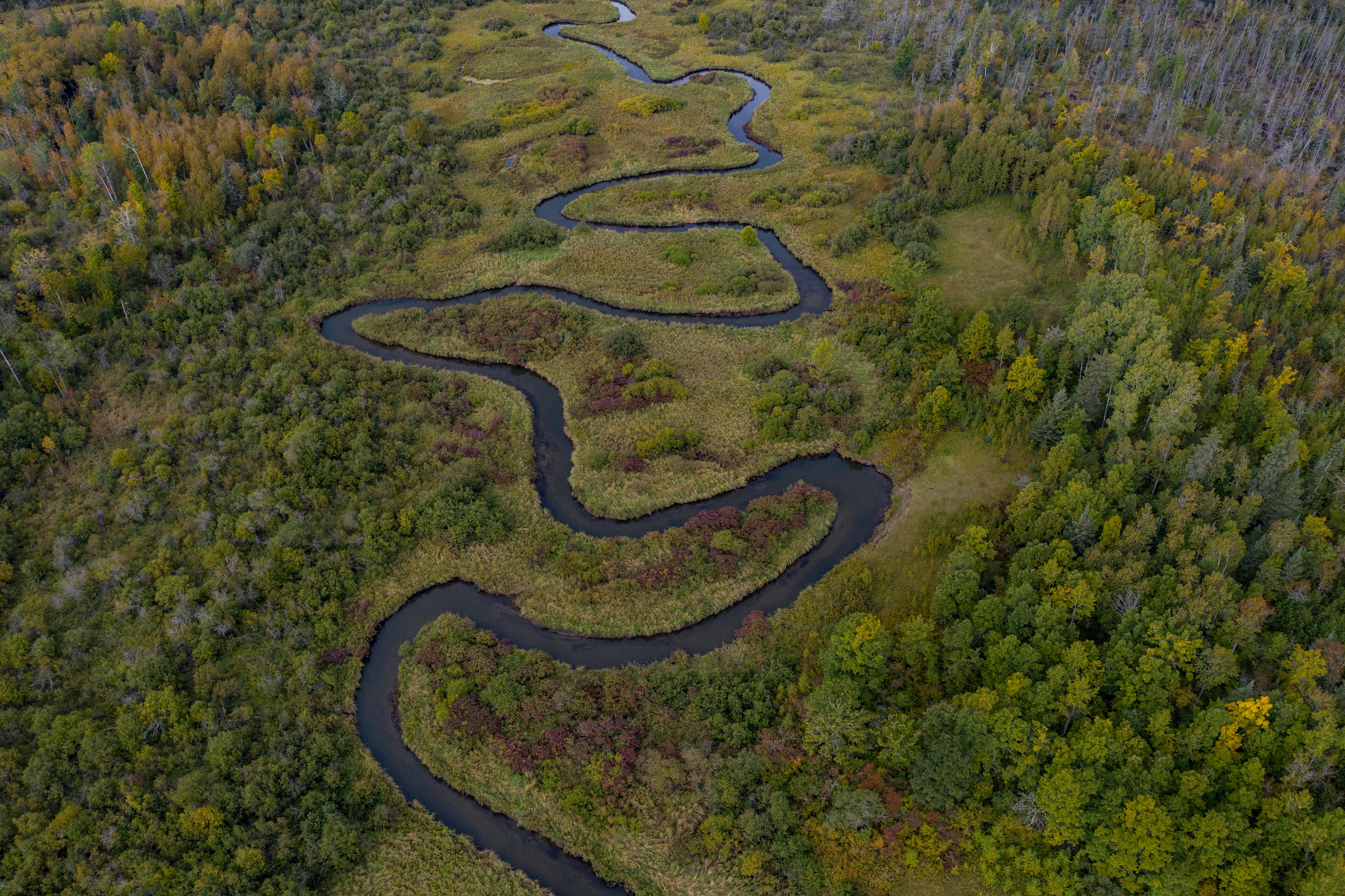
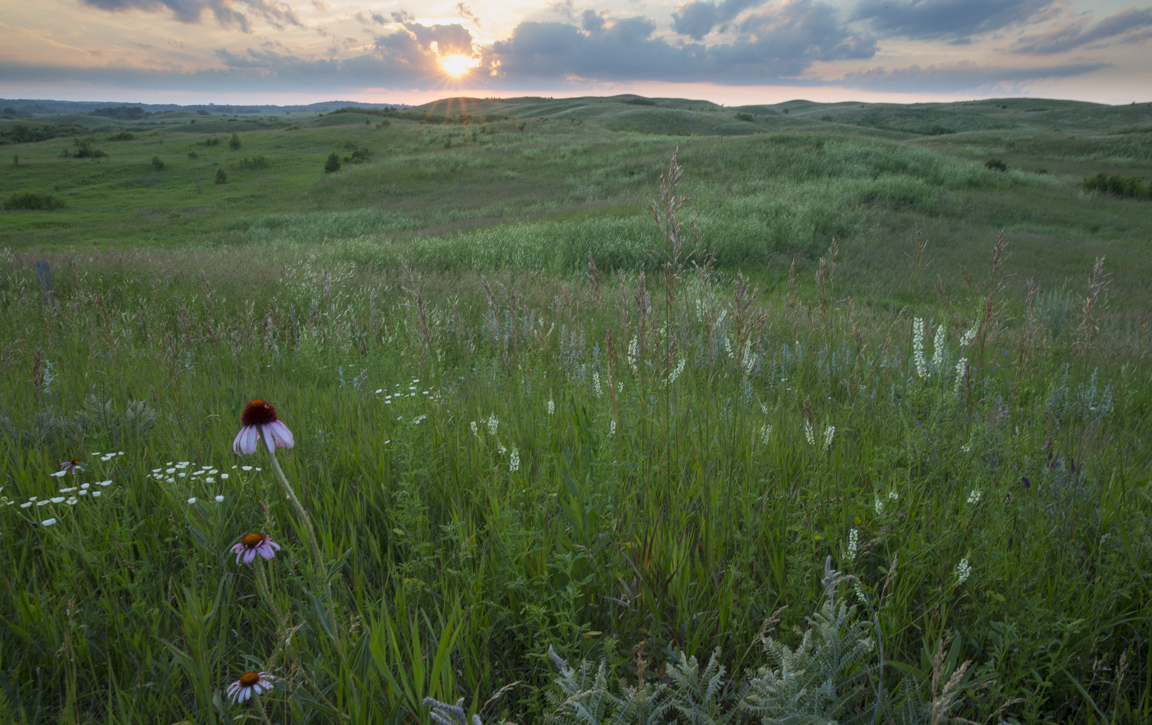
The Nature Conservancy advocates for dedicated state investments in nature, like the Outdoor Heritage Fund, Clean Water Fund, and Environment and Natural Resources Trust Fund. We're also working to increase state investments in natural resources through other funding sources.
TNC has long been in the business of protecting important natural areas, and this work has never been more vital. As Minnesota's climate changes, these places will become even more critical as wildlife come to increasingly rely on these natural highways and havens as they move due to climate threats and habitat loss. These natural areas are also critically important because of the immense amounts of carbon that they can capture and store through natural regeneration.
State investments in reforestation, public land acquisition, prairie restoration, wetland protections and more are all necessary to secure the benefits of healthy land and water in Minnesota.
Learn About Protection
-
Established in 1988 by the voters of Minnesota, the Environment and Natural Resources Trust Fund provides funding for the state’s air, water, land, fish and wildlife through revenue generated by the Minnesota State Lottery. Since the early 1990s, this fund has generated more than $900 million, funding more than 1,700 conservation projects across Minnesota. Some of Minnesotans’ favorite conservation programs, like Lawns to Legumes and the Voyageurs Wolf Project, rely on funding from the ENRTF. In 2024, 77% of Minnesota voters opted to extend this dedicated funding through 2050, a strong sign of support for public funding for conservation.
-
The Minnesota Pollution Control Agency has documented impairments on nearly 2,800 of the state’s lakes, rivers and streams. The Mississippi River headwaters area—a region that provides drinking water for about 2.5 million Minnesotans—is one of special concern for The Nature Conservancy. We’re also working to improve the health of Lake Superior by planting more than 10 million trees in northern forests and restoring shoreline along its tributaries in coordination with conservation partners. coordination with conservation partners.
-
In 2008, voters in Minnesota passed the Clean Water, Land and Legacy Amendment, which continues to provide supplemental funding for clean water, healthy lands, parks and trails as well as the arts. Explore places we've protected using Outdoor Heritage funding through the Legacy Amendment.
-
Biodiversity underpins every aspect of life on our planet. The food we eat, the air we breathe, our climate—essentially, everything that makes Earth inhabitable—all depends on the interplay of millions of organisms in diverse ecosystems, which have learned to thrive and interact over billions of years. Learn more about biodiversity.
Tackle Climate Change
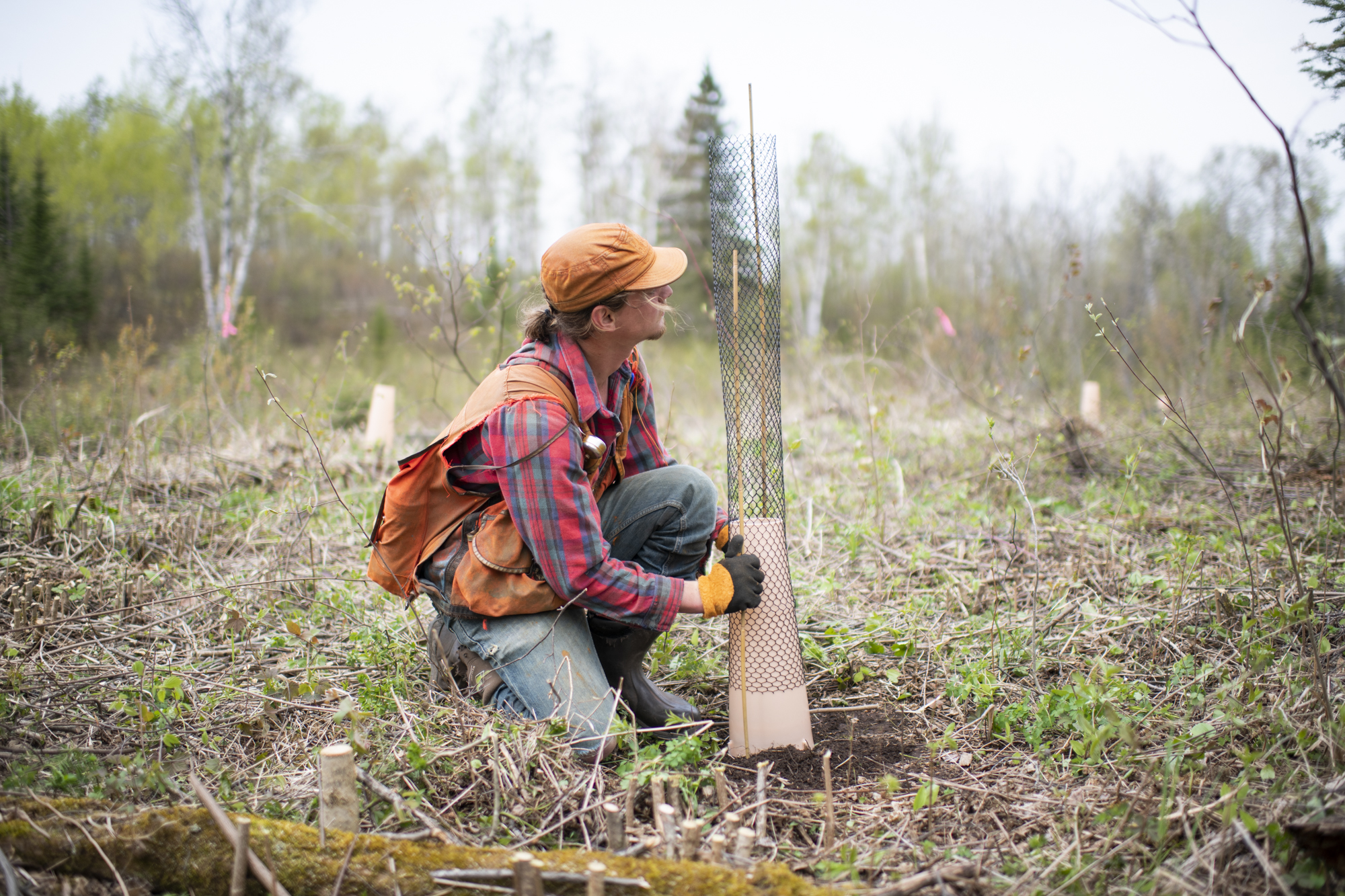
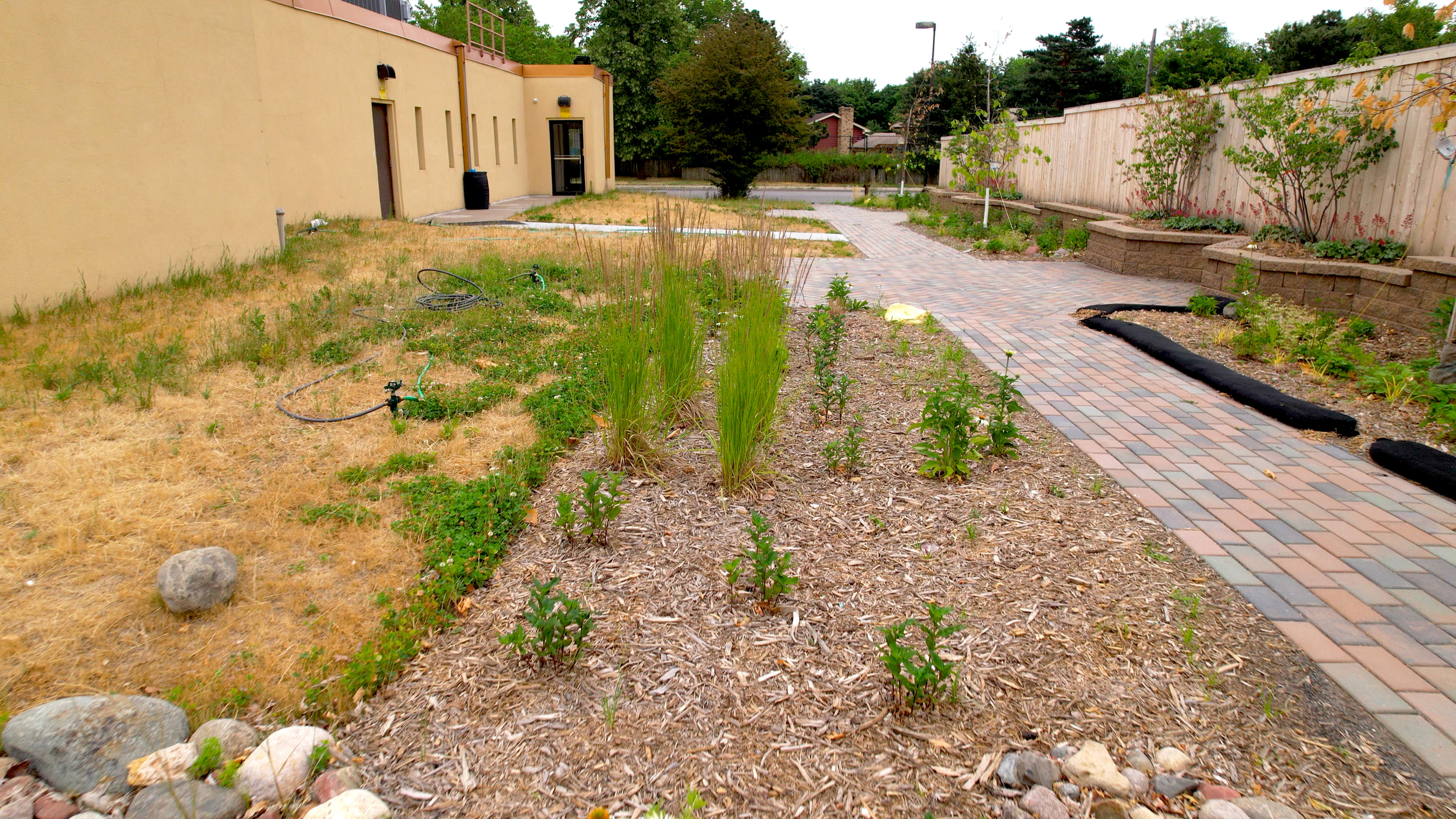

People, wildlife, and all of nature are experiencing climate impacts every day. Nature-based solutions that store more carbon through natural processes and are equipped to adapt to climate change can improve lives in the process. We’re working to incentivize public and private landowners to use practices like planting trees, improving soil health on agricultural lands and protecting and restoring our grasslands, wetlands and peatlands.
The Nature Conservancy is also encouraging state leaders to support policies that can accelerate the transition to clean energy. In this process, we must balance the effects on communities, conservation and our climate.
More on Climate Change in MN
-
Climate change is already having an enormous impact on our waters, lands, wildlife and people. It's showing up in the form of droughts and dying trees, extreme weather and flooding events, and the compounded effects of both in far too many Minnesota waterways. Read more about climate change in Minnesota.
-
Natural climate solutions are conservation, restoration and improved land management actions that increase carbon storage, avoid greenhouse gas emissions and help nature and people adapt to climate change. Combined with clean energy and other decarbonization efforts, natural climate solutions offer some of our best options to respond to climate change.
-
Reforestation, restoring wetlands and planting cover crops are just a few of the ways Minnesotans can help draw down carbon emissions through nature. Our farms, forests, grasslands and other ecosystems can help mitigate as much as 26 million metric tons of CO2e. In addition to natural climate solutions, nature-based adaptation strategies like building rain gardens and planting trees where people live can also improve the resilience and quality of life for communities living near climate threats. Read more in this report.


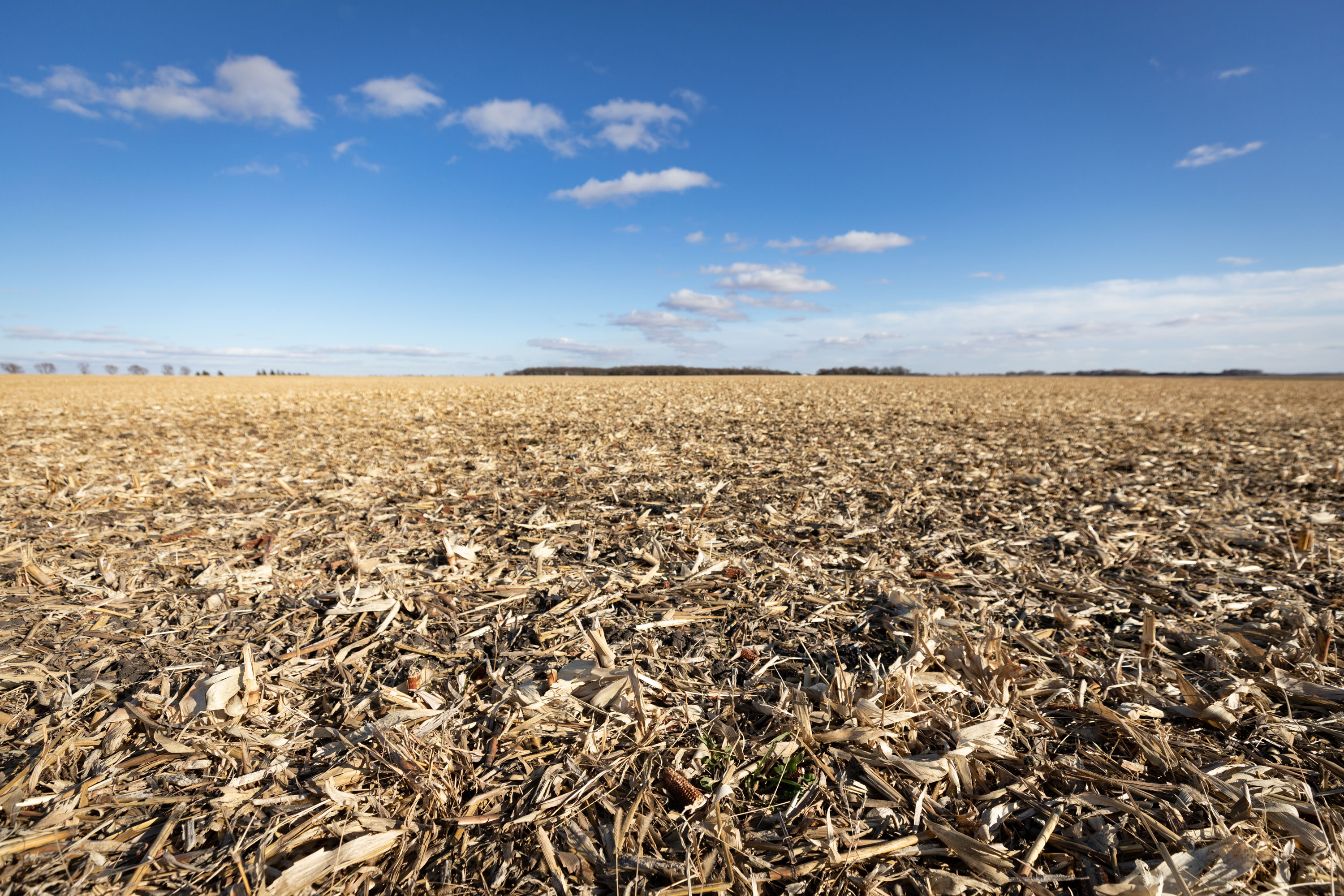
Agriculture runs deep in Minnesota, and our state’s agricultural economy depends on farm productivity and improved management. When making investments in agriculture, it is critical to maximize benefits to society like protecting our air, water and soil, as well as our communities and the health of the people who live here.
We work with state government agencies to develop innovative programs that will improve impaired waters and prevent further degradation. State investments can make it easier for farmers to access the resources they need to implement soil health solutions that improve productivity, water quality, biodiversity, carbon storage and public health outcomes.
Livestock producers also have a role to play in managing grasslands. Cattle, for example, can mimic the effects that bison would have had on prairies throughout their historical range. Making these management strategies more widespread requires lawmakers' help to drive incentives that will improve the health of agricultural lands and support Minnesota ag producers who are doing right by nature.
ABOUT REGENERATIVE AGRICULTURE
-
About half of Minnesota's lands are currently in agricultural production, and most are not managed with practices that regenerate the health of the soil. That means an outsized risk of erosion and runoff to Minnesota's waters, as well as greenhouse gas emissions due to carbon released from the soil. But this also presents an opportunity to leverage agricultural landscapes to work better with nature's systems. Learn more about regenerative agriculture in Minnesota.
-
Practices that sequester carbon, increase organic matter and ultimately improve the biological, physical and chemical function of the soil are generally referred to as soil health practices. These include cover crops, reduced tillage, diversified crop rotation, improved nutrient management and edge-of-field strategies that help farmland more efficiently hold water and carbon.
-
Row crop farming and livestock production account for a quarter of greenhouse gas emissions and 70% of all freshwater usage. And it is perhaps the single greatest cause of biodiversity loss. But it provides essential nourishment for earth’s billions of residents, and livelihoods for more than a third of the world’s population. A regenerative food system takes us beyond mere sustainability toward positive growth that benefits our planet and the billions of farmers, fishers, ranchers and others who work to provide our food—without harming the health and livelihoods of rural communities and communities of color. Learn more about regenerative agriculture by watching this video.
Be a Voice for Nature!
Sign up to receive action alerts from The Nature Conservancy in Minnesota so you can stay in the know about issues you care about. We’ll send you timely alerts about what’s happening at the Capitol and how you can speak up for nature!

